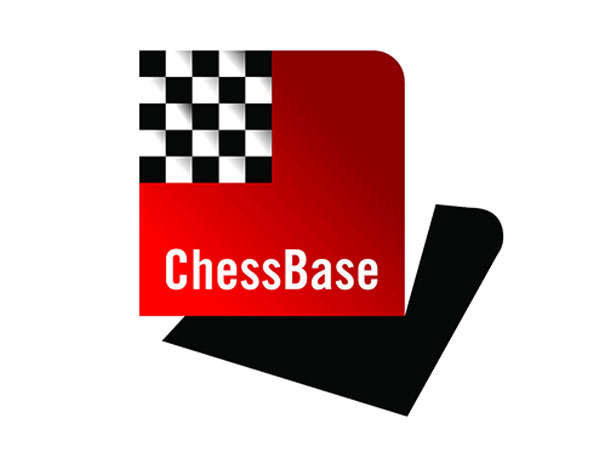


Dennis Monokroussos writes:
Ivan Sokolov is one of those grandmasters who is in and out of the world’s elite – a very strong player, obviously! His opponent, Tiger Hillarp Persson, is also a grandmaster, and while he’s not known for his proximity to the world’s greatest players, he is rightly renowned for his creativity and imagination over the chessboard. Hillarp Persson has a willingness and the ability to go where few others could, and that’s what we’ll see this week – in spades – as he baffles and then overwhelms Sokolov in a Tal-like maelstrom of complications.
The game starts with one of Hillarp Persson’s specialties, the Modern with …a6 (players from the Pacific Northwest in the US call it the “Rat”; I’m not sure what other fond names have been attached to it). It’s a variation that gives White the opportunity to grab lots of space, and Sokolov did just that. But such a policy is often-double edged. For one thing, as Petrosian used to remind us, pawns don’t move backward. If a pawn push allows the opponent to create a weakness, that weakness may be there, and exploited, for a good long time. Needless to say (so why am I saying it?), that’s what happened in the game. After the moves 1.d4 g6 2.e4 Bg7 3.Nc3 d6 4.Be3 a6 5.Qd2 Nd7 6.h4 h5 7.Nh3 b5 8.Ng5 Bb7 9.a4 c6 10.Rd1 Qc7 11.f4

White had a lot of extra space, but at the cost of a hole on g4. Which advantage counts for more: the extra space, or the g4 square? It’s hard to answer, really – there’s theory, and then there’s practice. With best play, White might have had an edge, but it took spectacular play by Hillarp Persson to reveal Black’s resources.
This is one of the most amazing and entertaining games you’ll see for a long time, so I heartily recommend that you join me this Thursday night (9 pm ET) as we try to figure out what’s going on!
Dennis Monokroussos' Radio ChessBase lectures begin on Thursdays at 9 p.m. EDT, which translates to 01:00h GMT, 02:00 Paris/Berlin, 12:00h Sydney (on Friday). Other time zones can be found at the bottom of this page. You can use Fritz or any Fritz-compatible program (Shredder, Junior, Tiger, Hiarcs) to follow the lectures, or download a free trial client. |
You can find the exact times for different locations in the world at World Time and Date. Exact times for most larger cities are here. And you can watch older lectures by Dennis Monokroussos offline in the Chess Media System room of Playchess:

Enter the above archive room and click on "Games" to see the lectures. The lectures, which can go for an hour or more, will cost you between one and two ducats. That is the equivalent of 10-20 Euro cents (14-28 US cents).
 Dennis
Monokroussos is 40, lives in South Bend, IN, and is an adjunct professor
of philosophy at the University of Notre Dame.
Dennis
Monokroussos is 40, lives in South Bend, IN, and is an adjunct professor
of philosophy at the University of Notre Dame.
He is fairly inactive as a player right now, spending most of his non-philosophy time being a husband and teaching chess. At one time he was one of the strongest juniors in the U.S., but quit for about eight years starting in his early 20s. His highest rating was 2434 USCF, but he has now fallen to the low-mid 2300s – "too much blitz, too little tournament chess", he says.
Dennis has been working as a chess teacher for seven years now, giving lessons to adults and kids both in person and on the internet, worked for a number of years for New York’s Chess In The Schools program, where he was one of the coaches of the 1997-8 US K-8 championship team from the Bronx, and was very active in working with many of CITS’s most talented juniors.
When Dennis Monokroussos presents a game, there are usually two main areas of focus: the opening-to-middlegame transition and the key moments of the middlegame (or endgame, when applicable). With respect to the latter, he attempts to present some serious analysis culled from his best sources (both text and database), which he has checked with his own efforts and then double-checked with his chess software.